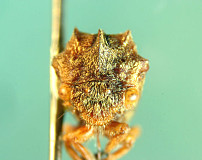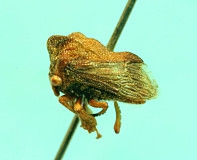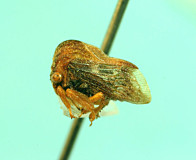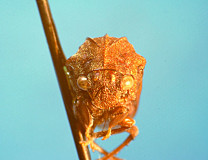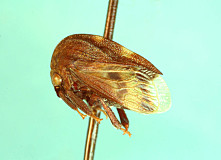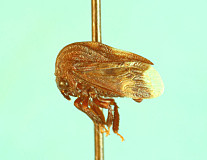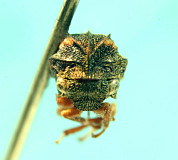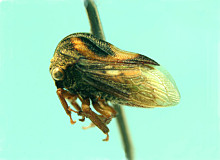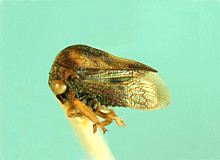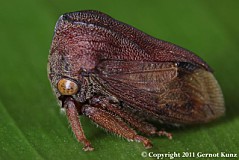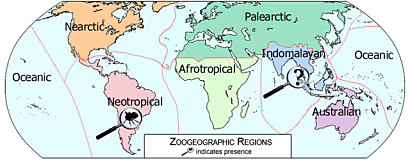Deitz 1975a
Dietrich and McKamey 1995a
McKamey and Deitz 1996a
McKamey 1998a
Sakakibara 2012a
McKamey 2022a
Animalia → Arthropoda → Insecta → Pterygota → Hemiptera → Auchenorrhyncha → Cicadomorpha → Membracoidea → Membracidae → Membracinae
Talipedini Deitz, 1975
Selected references
Overview
Sakakibara (2012a) redefined the tribe Talipedini (see Diagnosic characters, below) to include three genera: Erechtia, Pseuderechtia, and Talipes. More recently, however, McKamey (2022a) noted that Talipedini (sensu Deitz 1975a) is supported by three unique, non-pronotal synapomorphies and was found to be the sister-group of the tribe Hoplophorioninl in analyses of Dietrich and McKamey (1995a) and McKamey and Deitz (1996a). Thus the taxonomic limits of the Talipedini merit further investigation.
Taxon images
Talipedini
Distribution
Neotropical region: Brazil, Colombia, Guyana, French Guyana, Peru, Panama, Guatemala, Costa Rica, and Mexico; also one questionable report from India (Indomalayan region).
Diagnostic characters
Pronotum globose with carinae and rugae; posterior process triangular and acuminate, with latero-apical carinae uniting with median carina apically. Pro- and mesothoracic tibiae spatulate (mesothoracic tibiae often weakly foliaceous). Metathoracic tibiae clavate, with cucullate setae in rows I and II (row II usually reduced), row III absent; tarsi shorter than either pro- and mesothoracic tarsi. (Modified from Sakakibara 2012a)
Taxonomic constituents
Erechtia Walker, 1858 Walker, 1858
Pseuderechtia Sakakibara, 2012 Sakakibara, 2012
Talipes Deitz, 1975 Deitz, 1975
Prepared by
Lewis L. Deitz, Albino M. Sakakibara, Matthew S. Wallace, and Mark J. Rothschild, 2 February 2023.


